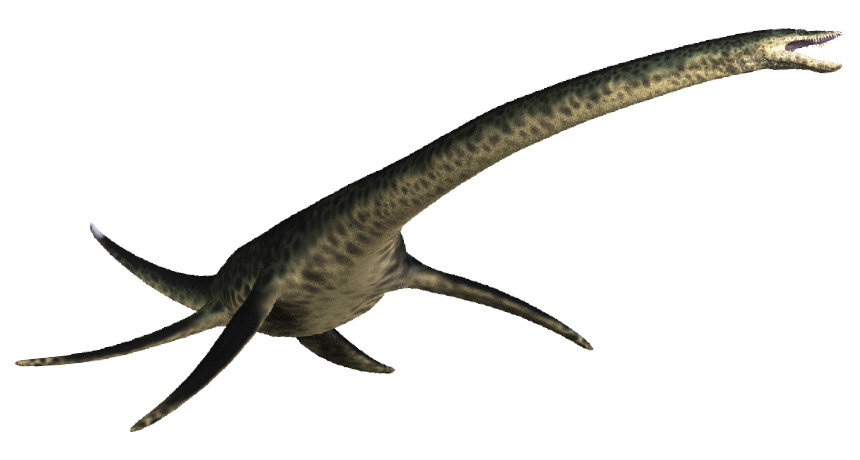Plesiosaurs swam like penguins
New simulations might resolve a long-standing debate

FLIP FLAP New simulations could end years of debate on plesiosaur motoring. The ancient marine reptiles, one illustrated here, most likely swam using their front flippers for power and their back flippers for steering.
Catmando/Shutterstock








